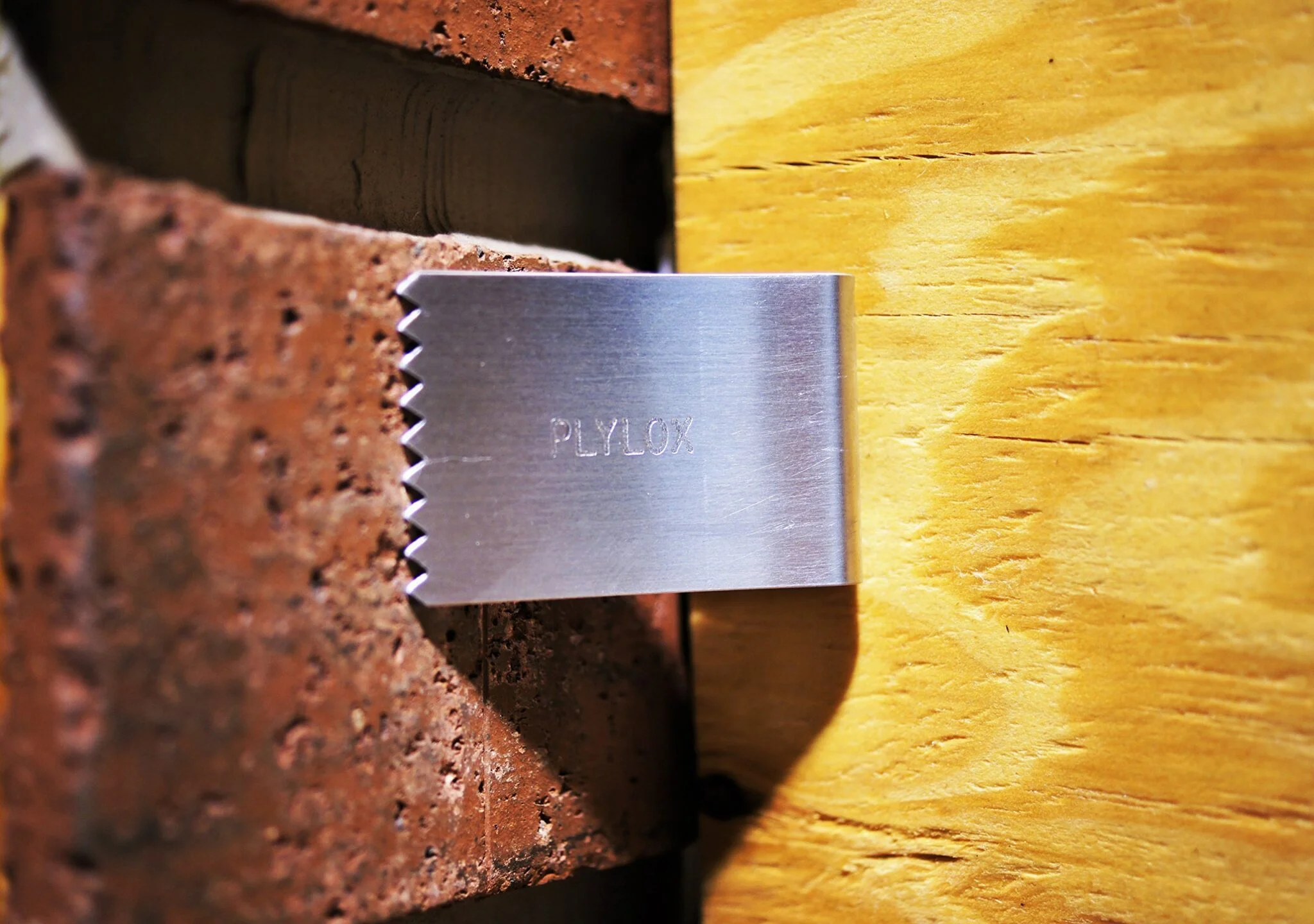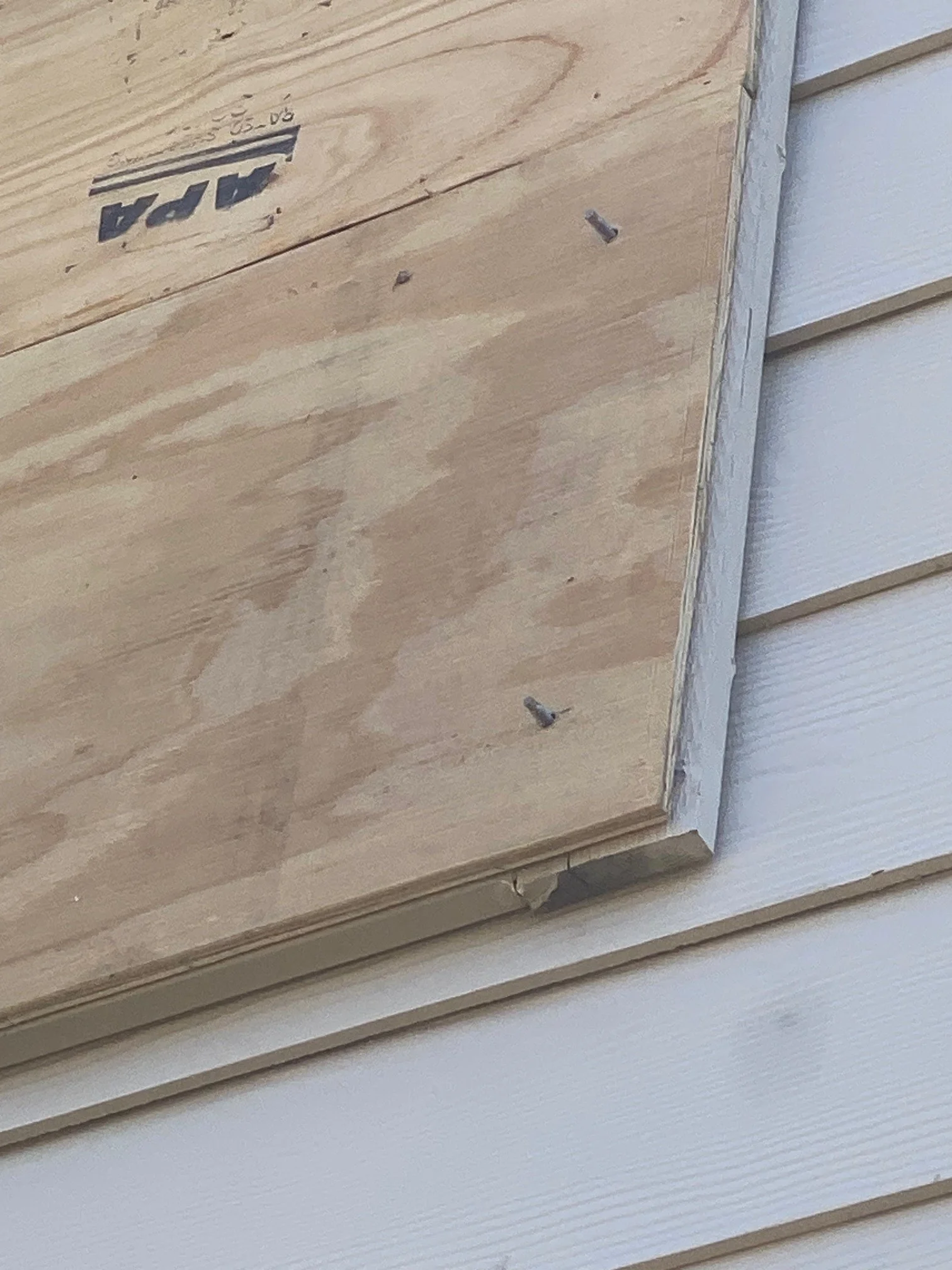Replacing windows can be one of the most impactful upgrades for a home, improving energy efficiency, aesthetics, and overall comfort. However, the process isn’t always straightforward, and certain challenges may arise that homeowners should be aware of before starting their project. Here are some common pitfalls that can occur during window replacement and how to address them effectively.
1. Sizing Challenges and the Need for Twinning Windows
Older homes sometimes feature large single-pane picture windows that exceed the size limitations of modern double-pane residential windows. This presents a challenge when homeowners expect a one-to-one replacement but find that today’s manufacturing constraints prevent a single window from spanning the original width and height.
When this occurs, the best solution is to “twin” two or more windows together, utilizing a structural mull between the units to maintain stability while filling the same rough opening. While this preserves the integrity of the installation, it may alter the original aesthetic.
For instance, imagine a home featuring a 12-foot-wide by 8-foot-tall archtop picture window with grids, serving as the focal point of the family room. If the homeowner decides to replace it with a single, larger picture window, they might find that manufacturers can’t produce one large enough. In this case, one solution would be to install two picture windows side by side, preserving the overall size with a mullion in between. While this option meets the functional needs, the appearance may differ significantly from the original design, an important consideration when planning window replacements. It’s crucial to discuss design options with the sales representative at the time of purchase. Achieving new aesthetics can involve adjusting the number of windows in the opening or the placement of the mullions, as shown below.

2. Understanding Cutbacks for Proper Fit
While not necessarily a pitfall, cutbacks are an important aspect of window replacement that homeowners should be aware of. Modern replacement windows typically have a deeper frame than older models, which can create fitment challenges, particularly in homes with drywall returns. If the existing return does not provide enough depth, the new window may protrude unless modifications are made.
One common solution is a cutback, which involves carefully trimming a portion of the drywall return where it meets the window frame. This adjustment allows the new window to be properly recessed within the opening, ensuring a clean and seamless installation. While this is generally a straightforward process, it requires precision cutting and finishing to maintain a polished look.
However, in some cases, cutbacks may not be possible—especially if the window seat or return area is finished with tile, stone, or other hard materials. In such situations, alternative installation methods may need to be considered to achieve the best fit without compromising the integrity of the existing design.
3. Meeting Texas Department of Insurance (TDI) Requirements in Coastal Areas

For homeowners in Texas Gulf Coast regions, window replacement comes with additional regulatory considerations. The Texas Department of Insurance (TDI) requires that homes in designated windstorm-prone areas use TDI-approved products to safeguard against windborne debris and extreme weather conditions. Compliance with these regulations may involve:
-
- Installing impact-resistant windows or providing additional hurricane protection.
-
- Preparing 3/4” plywood cutouts for each window opening to protect against flying debris in the event of a storm.
-
- Brick openings allow for the use of Plylox™ clips, a simple and effective method for securing plywood over window openings during a hurricane. These clips slide onto the edges of the pre-cut plywood, allowing it to be easily pressed into the brick opening. The clip’s gripping teeth latch onto the brick surface, holding the plywood securely in place without the need for drilling or additional fasteners.
-
- Homes with wood, vinyl, or cement board siding require anchor screws to be installed in the surrounding framing. While some homeowners may find these permanently placed anchors visually unappealing, they are a critical safety feature. These screws are necessary for securing plywood coverings over windows during hurricane season. Without them, the windows will not pass engineering inspection, which is required for insurance compliance and protection.


Avoiding Unpleasant Surprises in Your Window Replacement Project
To ensure a smooth window replacement experience, homeowners should work with experienced professionals who understand these potential challenges. Some key steps to avoid unexpected issues include:
-
- Conducting a thorough assessment of existing window sizes and potential modification needs before ordering replacements.
-
- Discussing cutback requirements with your installer to ensure that the final fit aligns with your home’s interior aesthetics.
-
- Understanding local building codes and windstorm requirements if you live in a hurricane-prone area.
Final Thoughts
Window replacement is an excellent investment, but being prepared for potential obstacles can save homeowners time, money, and frustration. By being informed about sizing limitations, necessary adjustments, and compliance regulations, homeowners can make confident decisions when upgrading their windows. At Bella Vista Windows and Doors, we have the expertise to navigate these challenges and ensure a seamless, high-quality window replacement process tailored to your home’s unique needs.

